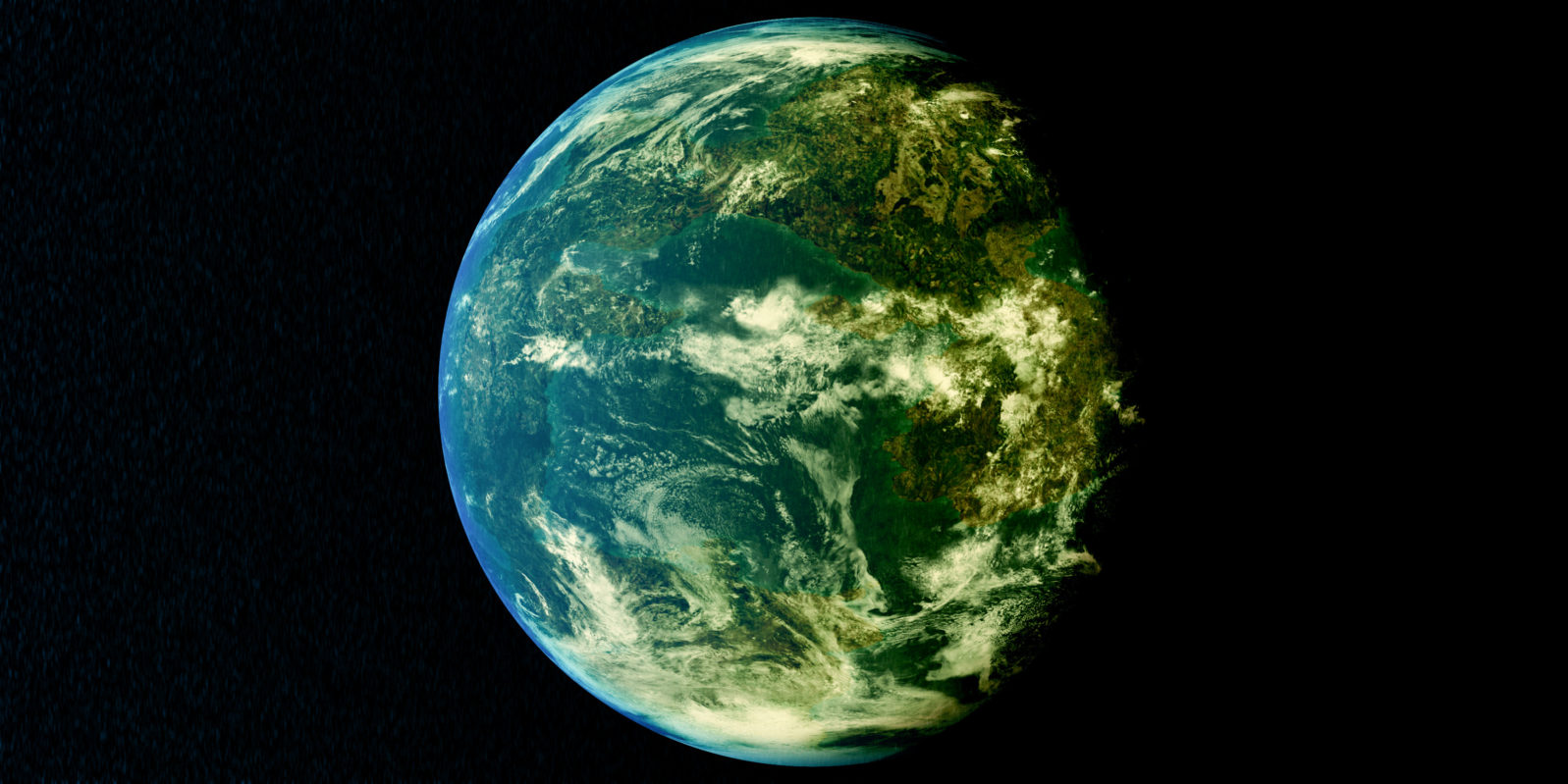Researchers: Maybe Half of Earth-Sized Planets Missed by Studies
It’s not clear how many planets are in Earth’s size range but that is important for physics reasons for habitability as we know itA recent study suggests that Earth-sized planets may be missed if they are orbiting one of two binary stars:
Earth-sized planets may be much more common than previously realized. Astronomers working at NASA Ames Research Center have used the twin telescopes of the international Gemini Observatory, a Program of NSF’s NOIRLab, to determine that many planet-hosting stars identified by NASA’s TESS exoplanet-hunting mission are actually pairs of stars—known as binary stars—where the planets orbit one of the stars in the pair. After examining these binary stars, the team has concluded that Earth-sized planets in many two-star systems might be going unnoticed by transit searches like TESS’s, which look for changes in the light from a star when a planet passes in front of it. The light from the second star makes it more difficult to detect the changes in the host star’s light when the planet transits.
Association of Universities for Research in Astronomy (AURA), “Astronomers uncover evidence that there could be many more Earth-sized planets than previously thought” at Phys.org (June 28, 2021)
Why does Earth size matter?
Liquid water, for one thing:
NASA’s Transiting Exoplanet Survey Satellite (TESS) has discovered its first Earth-size planet in its star’s habitable zone, the range of distances where conditions may be just right to allow the presence of liquid water on the surface. Scientists confirmed the find, called TOI 700 d, using NASA’s Spitzer Space Telescope and have modeled the planet’s potential environments to help inform future observations.
Jeanette Kazmierczak, “NASA Planet Hunter Finds its 1st Earth-size Habitable-zone World” at NASA (January 6, 2020)
The concept is called the “Goldilocks Zone” (neither too hot nor too cold:)
The inner edge of the habitable zone is defined by how close a planet can be to a star before a runaway greenhouse effect leads to the evaporation of all surface water. But, as Arnscheidt and his colleagues demonstrated, this definition doesn’t hold for small, low-gravity planets.
The runaway greenhouse effect occurs when the atmosphere absorbs more heat that it can radiate back out into space, preventing the planet from cooling and eventually leading to unstoppable warming that finally turns its oceans turn to steam.
However, something important happens when planets decrease in size: As they warm, their atmospheres expand outward, becoming larger and larger relative to the size of the planet. These large atmospheres increase both the absorption and radiation of heat, allowing the planet to better maintain a stable temperature. The researchers found that atmospheric expansion prevents low-gravity planets from experiencing a runaway greenhouse effect, allowing them to maintain surface liquid water while orbiting in closer proximity to their stars.
Leah Burrows, “A ‘Goldilocks zone’ for planet size” at The Harvard Gazette (September 10, 2019) The paper is open access.
So, it’s good news in general if more planets are Earth-like. We might need them.
Similar stories in recent years:
2010: Earthlike planets more common than thought (PhysicsWorld, October 28, 2010)
and
2013: Earth-sized planets in habitable zones are more common than previously thought (ScienceDaily, March 12, 2013)
You may also wish to read:
Aliens who landed here would just starve, a science writer predicts. We tend to assume that any life form could live with our complicated chemistry but what if — fundamentally — not? What if an intelligent life form landed on Earth with the opposite chirality to the one on which life forms on Earth depend = sugars right, amino acids left?
